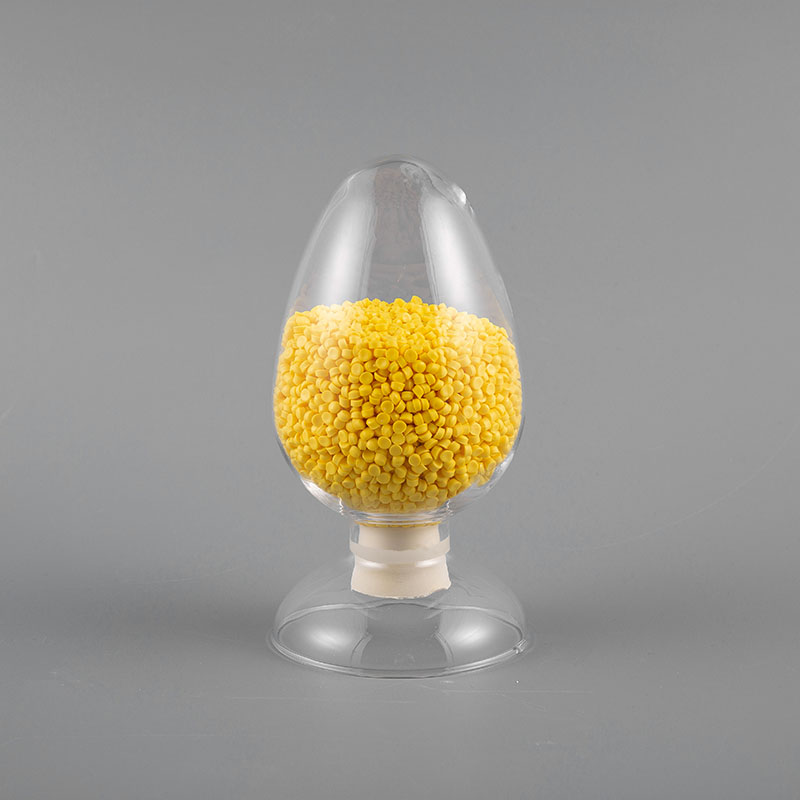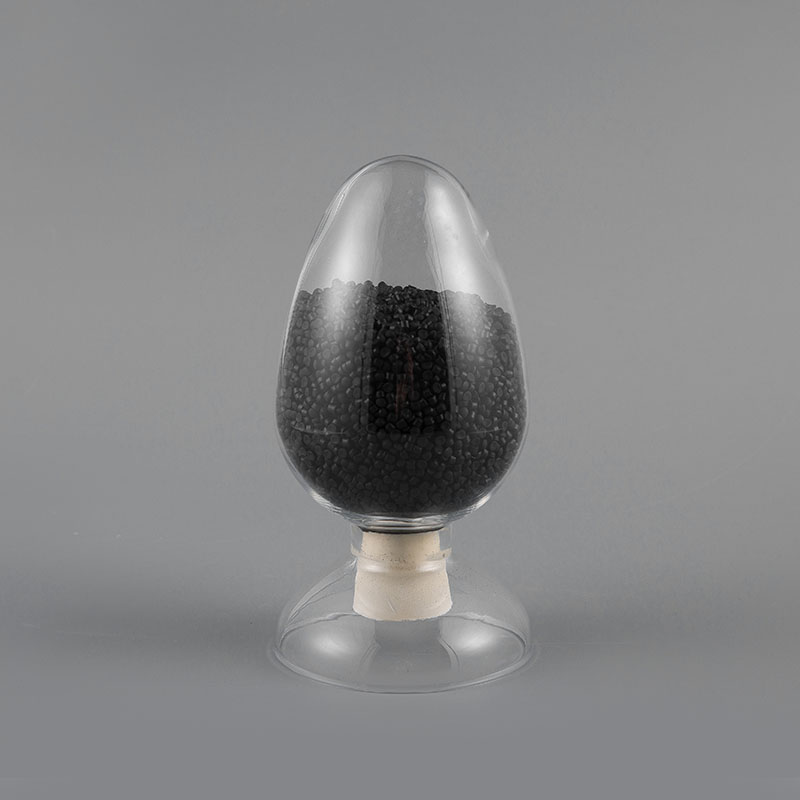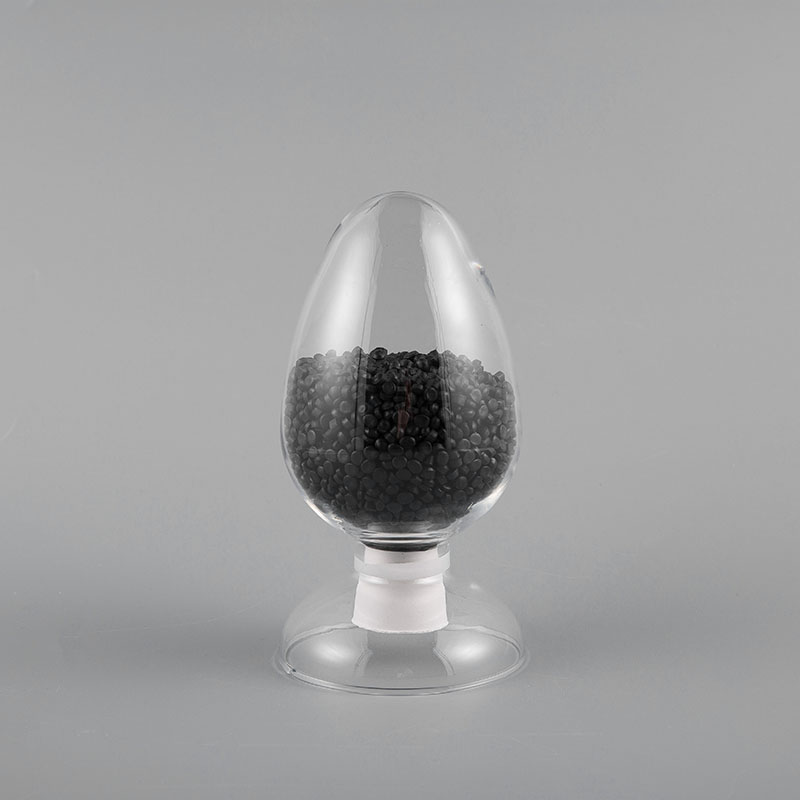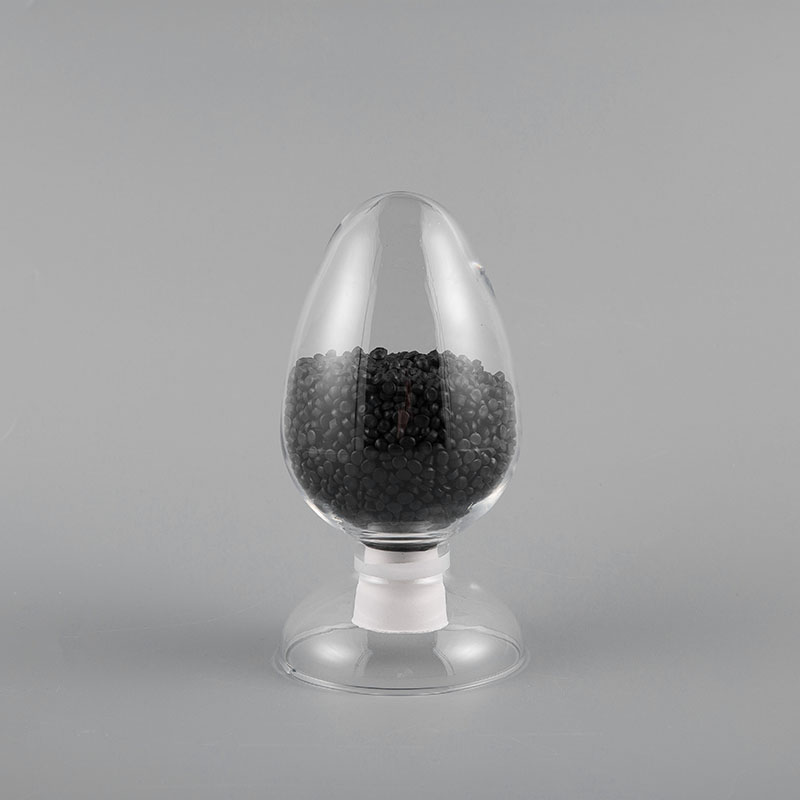- 1 Understanding Power Cable Compound and Its Importance
- 2 Best Insulation Materials for High Voltage Cables
- 3 Flame Retardant Cable Compound Properties and Safety Considerations
- 4 Low Smoke Zero Halogen Compound Benefits for Environmental Safety
- 5 Thermoplastic vs Thermoset Cable Compounds: Performance Comparison
- 6 UV Resistant Cable Compound Formulations for Outdoor Applications
Understanding Power Cable Compound and Its Importance
Power cable compounds are specialized materials used in the construction of electrical cables to ensure optimal performance, safety, and longevity. These compounds play a crucial role in insulating and protecting cables from environmental factors while maintaining efficient power transmission. The selection of appropriate power cable compound directly impacts the cable's durability, flexibility, and resistance to various stresses.
1032 105℃ UL Standard PVC Electronic Wire Compound
Key Components of Power Cable Compounds
Power cable compounds typically consist of several essential components that work together to provide the necessary properties for electrical insulation and protection:
- Base polymers (such as polyethylene or cross-linked polyethylene)
- Fillers and reinforcements
- Stabilizers and antioxidants
- Flame retardants
- Processing aids
How Power Cable Compounds Enhance Performance
The right compound formulation can significantly improve cable performance in several ways:
- Increased dielectric strength for better insulation
- Enhanced thermal stability for higher temperature resistance
- Improved mechanical properties for greater durability
- Superior water resistance for underground or wet applications
- Better flexibility for easier installation
Best Insulation Materials for High Voltage Cables
When dealing with high voltage applications, the choice of insulation material becomes critical for safety and performance. The best insulation materials for high voltage cables must withstand significant electrical stress while maintaining their structural integrity over extended periods.
Comparison of Common High Voltage Insulation Materials
The following table compares the key characteristics of different insulation materials used in high voltage cables:
| Material | Dielectric Strength (kV/mm) | Temperature Range (°C) | Water Resistance | Flexibility |
|---|---|---|---|---|
| Cross-linked Polyethylene (XLPE) | 20-25 | -50 to 90 | Excellent | Good |
| Ethylene Propylene Rubber (EPR) | 15-20 | -40 to 130 | Good | Excellent |
| Polyvinyl Chloride (PVC) | 10-15 | -20 to 70 | Fair | Good |
Factors to Consider When Selecting Insulation Materials
Choosing the right insulation material requires careful consideration of several factors:
- Operating voltage level and electrical stress requirements
- Environmental conditions (temperature, moisture, chemical exposure)
- Mechanical demands during installation and operation
- Expected service life and maintenance requirements
- Regulatory and safety standards compliance
Flame Retardant Cable Compound Properties and Safety Considerations
Flame retardant properties are essential for cables used in buildings, tunnels, and other applications where fire safety is paramount. Understanding flame retardant cable compound properties helps in selecting materials that can prevent fire propagation and minimize smoke emission.
Key Flame Retardant Properties
Effective flame retardant cable compounds exhibit several critical properties:
- High Limiting Oxygen Index (LOI) values
- Low smoke density during combustion
- Reduced flame propagation rate
- Minimal toxic gas emission
- Maintained electrical properties under fire conditions
Testing Methods for Flame Retardant Performance
Various standardized tests evaluate flame retardant properties:
- UL 94 Vertical and Horizontal Burning Tests
- IEC 60332 for flame propagation
- IEC 61034 for smoke density measurement
- ASTM E662 for smoke obscuration
- IEC 60754 for acid gas emission
Low Smoke Zero Halogen Compound Benefits for Environmental Safety
The growing emphasis on environmental protection and human safety has increased demand for low smoke zero halogen compound benefits. These materials offer significant advantages in reducing hazardous emissions during fire incidents while maintaining excellent electrical properties.
Advantages of Low Smoke Zero Halogen (LSZH) Compounds
LSZH compounds provide multiple benefits compared to traditional materials:
- Significantly reduced toxic gas emission during combustion
- Lower smoke density improving visibility during evacuation
- Corrosion-resistant combustion products
- Compliance with strict environmental regulations
- Suitable for confined spaces with limited ventilation
Applications Where LSZH Compounds Are Essential
Certain environments particularly benefit from LSZH cable compounds:
- Public transportation systems (subways, airports)
- High-rise buildings and skyscrapers
- Hospitals and healthcare facilities
- Data centers and telecommunication hubs
- Underground tunnels and mining operations
Thermoplastic vs Thermoset Cable Compounds: Performance Comparison
The debate between thermoplastic vs thermoset cable compounds involves understanding their fundamental differences and how these affect cable performance in various applications. Each type offers distinct advantages depending on the specific requirements.
Fundamental Differences Between Thermoplastic and Thermoset Compounds
The primary distinctions between these two compound types include:
- Molecular structure and cross-linking characteristics
- Response to heat and temperature variations
- Mechanical properties under stress
- Processing methods and manufacturing considerations
- Long-term aging characteristics
Comparative Performance Analysis
The following table highlights the performance differences between thermoplastic and thermoset cable compounds:
| Property | Thermoplastic | Thermoset |
|---|---|---|
| Heat Resistance | Lower (softens at high temperatures) | Higher (maintains structure) |
| Mechanical Strength | Good at room temperature | Excellent at elevated temperatures |
| Chemical Resistance | Variable depending on material | Generally superior |
| Processing Ease | Easier to process and recycle | More complex curing process |
| Cost | Typically lower | Generally higher |
UV Resistant Cable Compound Formulations for Outdoor Applications
Outdoor cable installations require materials that can withstand prolonged exposure to sunlight and weathering. UV resistant cable compound formulations incorporate special additives to protect against ultraviolet radiation degradation.
Key Components in UV Resistant Formulations
Effective UV protection in cable compounds typically involves:
- UV absorbers to filter harmful radiation
- Hindered amine light stabilizers (HALS) for long-term protection
- Pigments or carbon black for additional screening
- Antioxidants to prevent oxidative degradation
- Compatibilizers to ensure additive effectiveness
Performance Expectations for UV Resistant Cables
Cables with proper UV resistance should maintain:
- Mechanical integrity after years of sun exposure
- Stable electrical properties throughout service life
- Color stability and surface appearance
- Flexibility and impact resistance
- Resistance to cracking and embrittlement


 English
English 中文简体
中文简体 русский
русский







